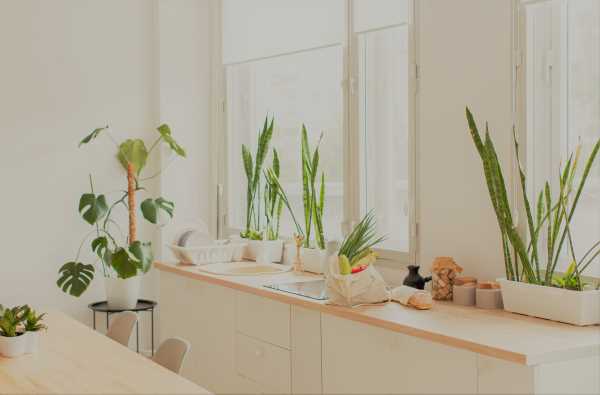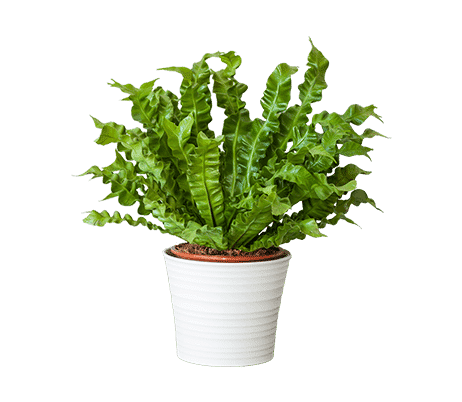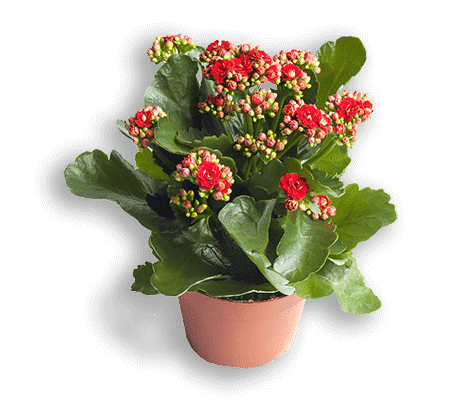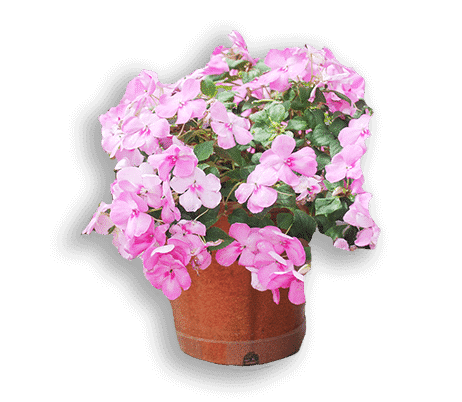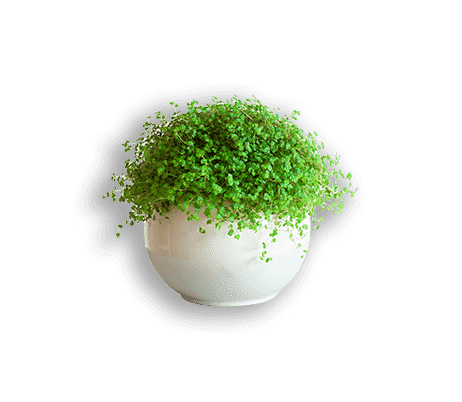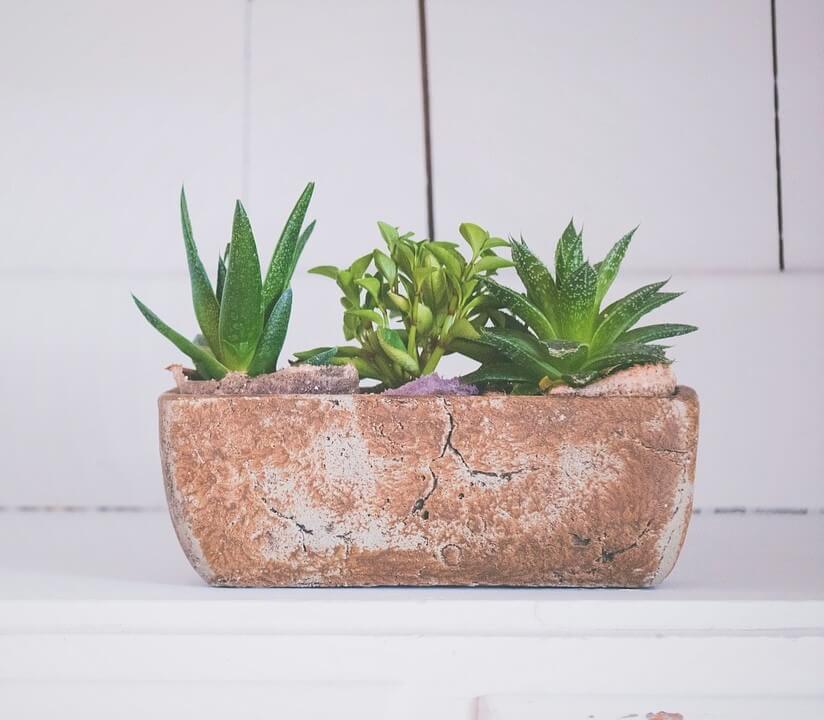Kitchen Herbs
Herbs are also very suitable because you can use them directly for cooking or refining dishes. These are popular herbs for the kitchen.
Basil
With basil, you can refine Italian dishes particularly well. Alternatively, you can also dry it very well to use it later or process it into a delicious pesto. The herb needs quite a lot of sun and nutrient-rich soil. Therefore, you should choose a location near a window. If you bought the basil in a plastic pot, it is worthwhile repotting it as soon as possible; otherwise, it will quickly run out of nutrients. Also, ensure that the plant soil always stays slightly moist.
Oregano
Oregano is also a Mediterranean spice. It is wonderful for pizza or tomato sauces and gives the dish a spicy note. The herb is not as demanding as basil and also survives longer dry periods.
Parsley
Parsley is especially popular as a soup herb, but it also adds a pleasant basic flavor to all other savory dishes. The plant prefers a partial shade location. Be careful not to water the parsley too much as it is very sensitive to waterlogging.
Chives
The kitchen herb is perfect for potatoes or dishes with eggs . As a houseplant, it is only suitable if it gets a spot on the windowsill and has enough space in its pot to spread. Then the plant can keep growing, and you can always use individual stalks to refine your dishes. You should also repot the chives as soon as possible after purchasing if they came in a small plastic pot.
Thyme
Thyme can be finely grated or ground to refine mushroom dishes, pasta, and potato dishes. Since this herb also has a Mediterranean origin, it needs a lot of sun and thrives best outdoors. On the windowsill, the plant gets enough light and can thrive well if it has enough space. This space is necessary because the branches quickly grow wide.
